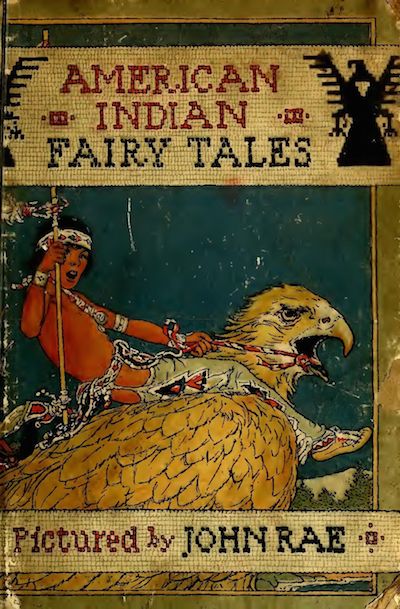Final Blog
As I read over my blog entries for this semester, I realized how much I have grown and learned throughout this course! I started with my first entry from the beginning of the semester where I described myself and what I knew about fairy tales. In this first entry I also stated what my favorite fairy tale was, and I have to say, the only disappointment I had with this course was that we didn’t read the different versions of “The Little Mermaid”! (which is my favorite). The rest of the semester was interesting, but a challenge. I say it was a challenge because I had to learn how to balance the numerous readings I received for this class, but also the other English major course readings I was being given. Overall, the material was very interesting and always captured my attention, and I really enjoyed learning new aspects of the classic tales, such as “Beauty and the Beast,” and “Hansel and Gretel,” and “Snow White.” This course allowed me to expand my perspective, realize that D
